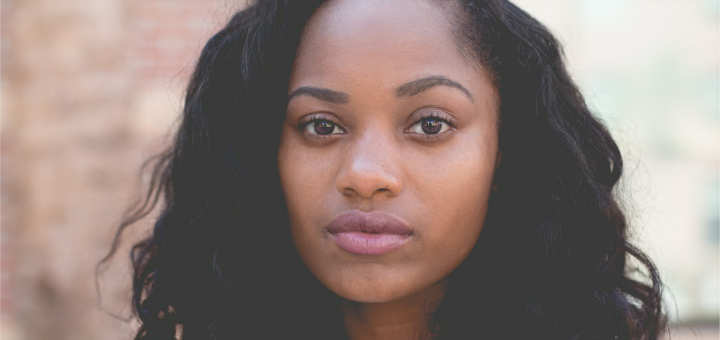We all know what it’s like to be afraid.
We know how fear feels, but most of us don’t spend much time thinking about what fear really means.
Many of us are conditioned to think of being fearful as a weakness. Fear is something we are supposed to conquer, fight and overcome… or avoid feeling completely. “Don’t worry…don’t panic” we like to say to one another.
But what if we consider fear from a different perspective?
What if we think of fear as an amazing feat of our imagination? Something as profound and insightful as storytelling itself?
It’s easiest to see this link between fear and imagination in young children, because their fears are often extraordinarily vivid. I remember being terribly afraid of the dark when I was a child.
Like most kids, I was afraid of monsters under the bed and in the closet, ghosts and boogie men that seemed so real in the dark of night. I was so terrified of the dark that I had a hard time going to sleep and was afraid to go to the bathroom alone at night.
Fortunately, at a certain point most of us learn to leave these kinds of illusions behind as we grow up. We learn that there are no monsters hiding under the bed and ghosts rarely – if ever – make an appearance.
Unfortunately, as we age, our brilliantly creative minds simply now imagine different illusions – ones with a more adult flavor – like ending up being broke and alone, or never achieving the level of success you desire.
If this is you, you are in great company! The same incredible imaginations that produced works like Alice in Wonderland, Huckleberry Finn and Jane Eyre also generated intense worries that haunted the adult lives of Lewis Carroll, Mark Twain and Charlotte Bronte.
So how can we put these wonderful and vivid imaginations of ours to work FOR us instead of AGAINST us? (As all deliberate creators are well versed in doing.)
Remember that when we change the way we look at things, the things we look at change.
So what if we decide to call our fears stories? (Because that really is what fear is, if you think about it – unintentional storytelling)
Fear and storytelling have the same components – the same structure.
Like all stories, fear has characters (our self) and plots (beginnings, middles and endings). Our fear also has imagery that is every bit as vivid as what you might find in a good book. Our fear provokes an emotional response in us – just like all great stories do.
If we think of our fears as stories and we think of ourselves as the authors of those stories, we recognize that the power lies within us – in our creative minds – to write whatever stories we want.
When we are aware of our fears, we can then choose the outcome we want and the reactions we have, because, of course, sometimes our fears do come true. It’s one of the things that is so extraordinary about fear. Once in a while, our fear can predict the future.
“But Helen”, you might be thinking, “We can’t possibly prepare for all of the fears our imagination can concoct! So how can we determine which fears are worth listening to and which ones we should let go?”
The answer lies in understanding how the brain works.
Like any good listener, we use both parts of our brain to “hear” our fears. Our right-side, the artistic side, listens with passion. Our right brain is willing to get caught up in the story and can vividly “see” the story. The left side of our brain, brings the cool judgment of a scientist, which acts to temper our intuitive reactions to the story.
When we listen to our fears in a balanced way, they are an amazing gift of our imagination, a kind of everyday clairvoyance, a way of glimpsing what might be the future while there’s still time to influence how that future will play out.
Our fear can offer us the gift of something as precious as our favorite stories – a little wisdom, a bit of insight and a glimpse into that most elusive thing – the truth. And when we see the truth, we can see how we’ve been tricked into thinking less of ourselves by fear which paralyzes us into doing what we think we should do rather than what our heart tells us.
Fear often represents our need to hang on, to control outcomes and results. Fear swims upstream, against the current.
Truth is about releasing our hold, letting go of results and trusting the direction of life’s current.
What fear is keeping you from saying, doing, exploring or being?
Are you ready to write a different story?
The answer to this question cannot be answered with words alone – it requires action – stepping outside of your comfort zone and the fear can be disabling keeping you distracted and stuck.
It’s also impossible to see the fears that are hidden in your blind spot. That’s why we all need help at some point with this.
If you know it’s time to face your fears and and write a new story. If you are ready to make a deep and meaningful MindShift and learn how to replace your fear with truth, join me at upcoming Align & Amplify Live! Event happening September 28-29, 2018.

